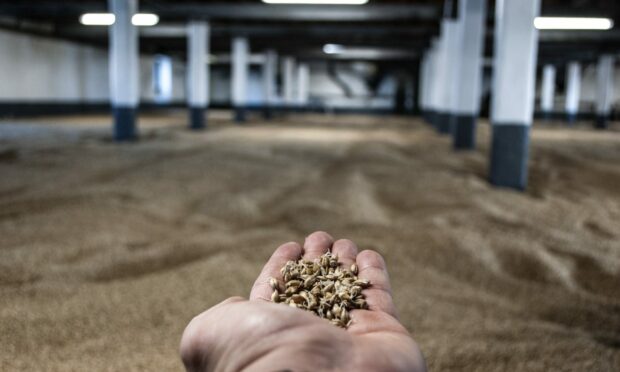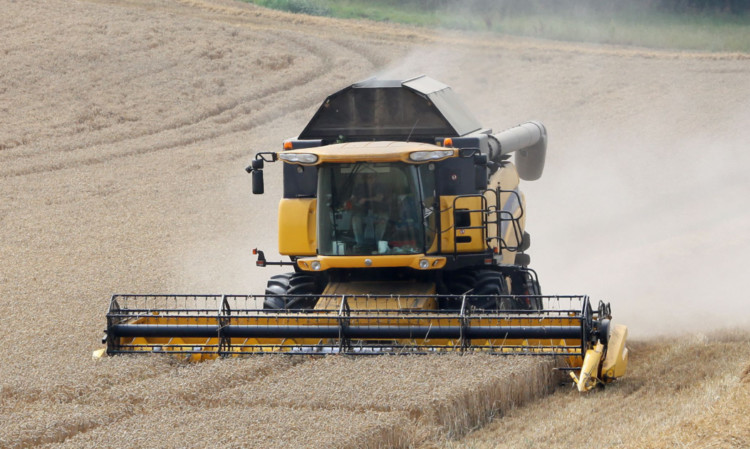Demand for Scottish malting barley could go through the roof this year if farmers stand by their intentions to reduce the spring barley area by 11,000ha.
Leading farm consultant Julian Bell told farmers at an AHDB Agronomy roadshow near Perth that if an average yield of 6.5t/ha was assumed, the estimated lower acreage would result in 140,000 tonnes less spring barley being available to maltsters – at the very time when malting capacity has increased by 150,000 tonnes.
“In 2022 around a million tonnes of malting barley was needed and 1.1m tonnes was produced, so close to 89% of what was available had to be turned into malting barley,” he said.
“That was reasonably tight, which was reflected in a reasonably good premium.
“If you compute the smaller area – and unless there are exceptionally good yields – you’re moving up to in theory 95% of all spring barley needing to make malting (quality), and that seems quite a long shot.
“In that situation more barley might need to be imported, so there’s a huge amount riding on what actually goes in, what the weather is as well as yield and quality.”
However, Mr Bell also pointed out that global demand for whisky could be impacted by the economic downturn.
He said: “That is a counterbalance, but in terms of raw production and what the processing capacity is, certainly the drop in area is not useful in terms of maintaining production, but in terms of farming, it’s looking tighter on paper.”
Turning to wheat, he said the elevated world price of maize meant distillers’ use of wheat here had risen by 15% in the last four months, and in the previous year it had risen by 28%.
“That’s 200,000-300,000 tonnes of extra wheat demand going into distilling which has come through in prices,” he said.
He emphasised, however, that higher wheat prices were dependant on the world maize price staying elevated, and the next two months is when the world decides what is going to get planted.
He added: “It’s harder (to decide what to do) because of the high cost of inputs and are prices high enough? If you look at prices for 2023, and think they’re a bit tight, then they probably look a bit tight elsewhere around the world as well.
“The main point of caution is that crops now cost a lot more to grow.
“Potentially there are positive signs out there but there are also more risks.”









